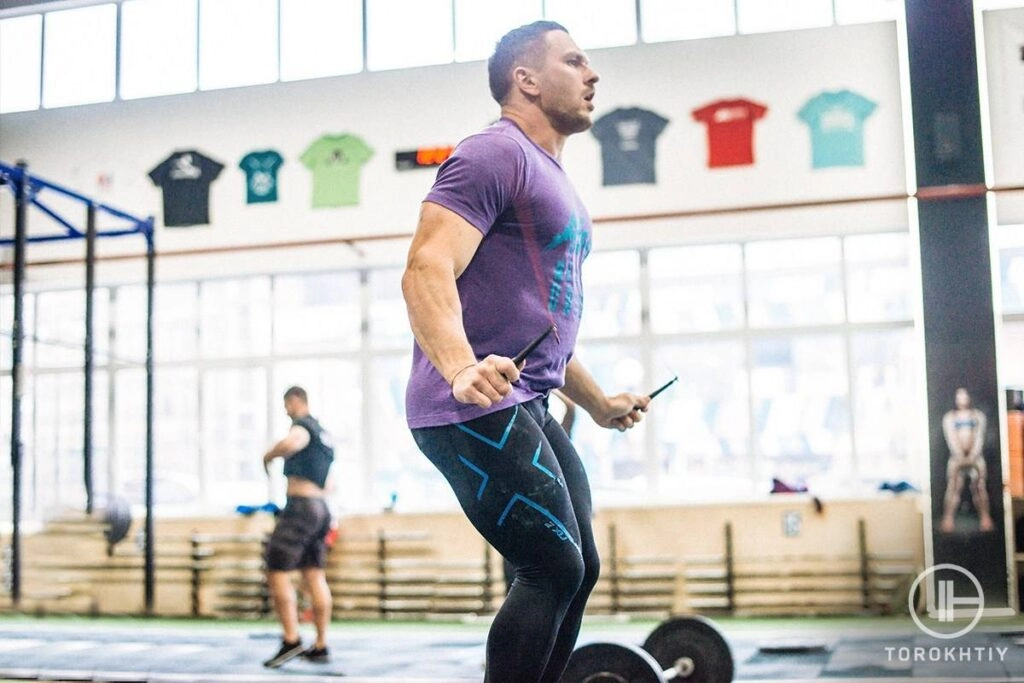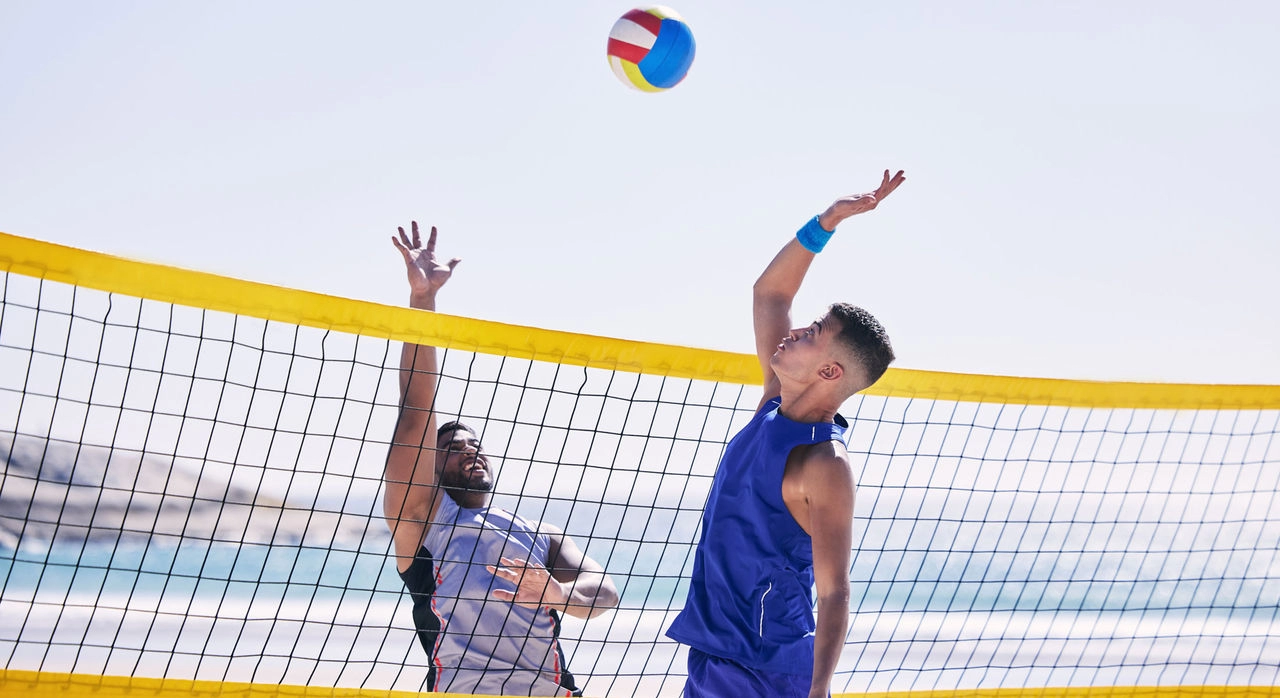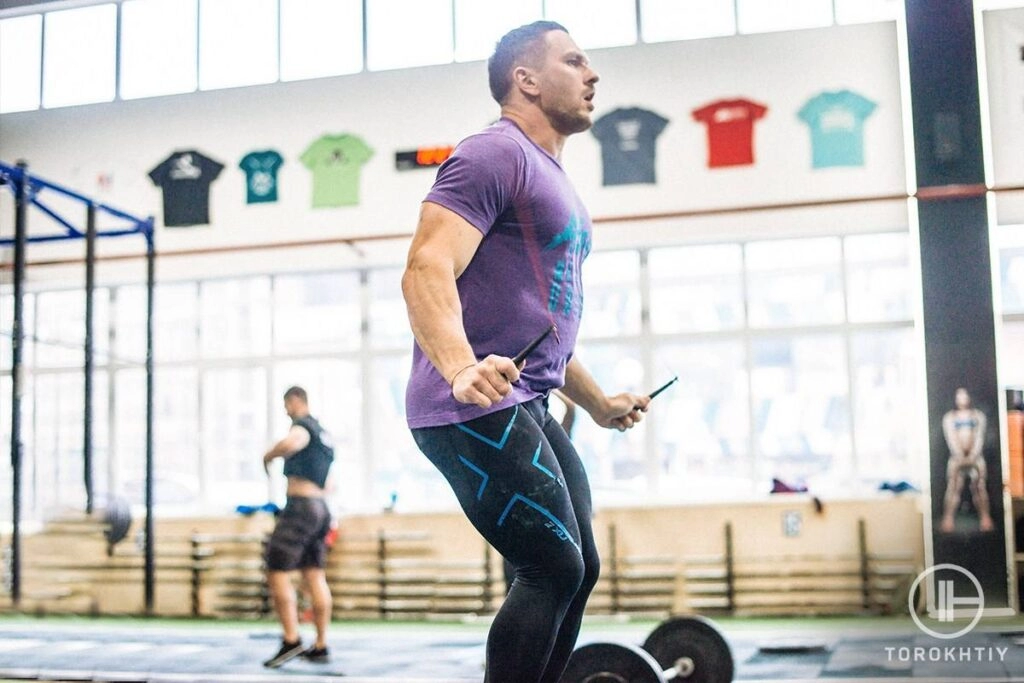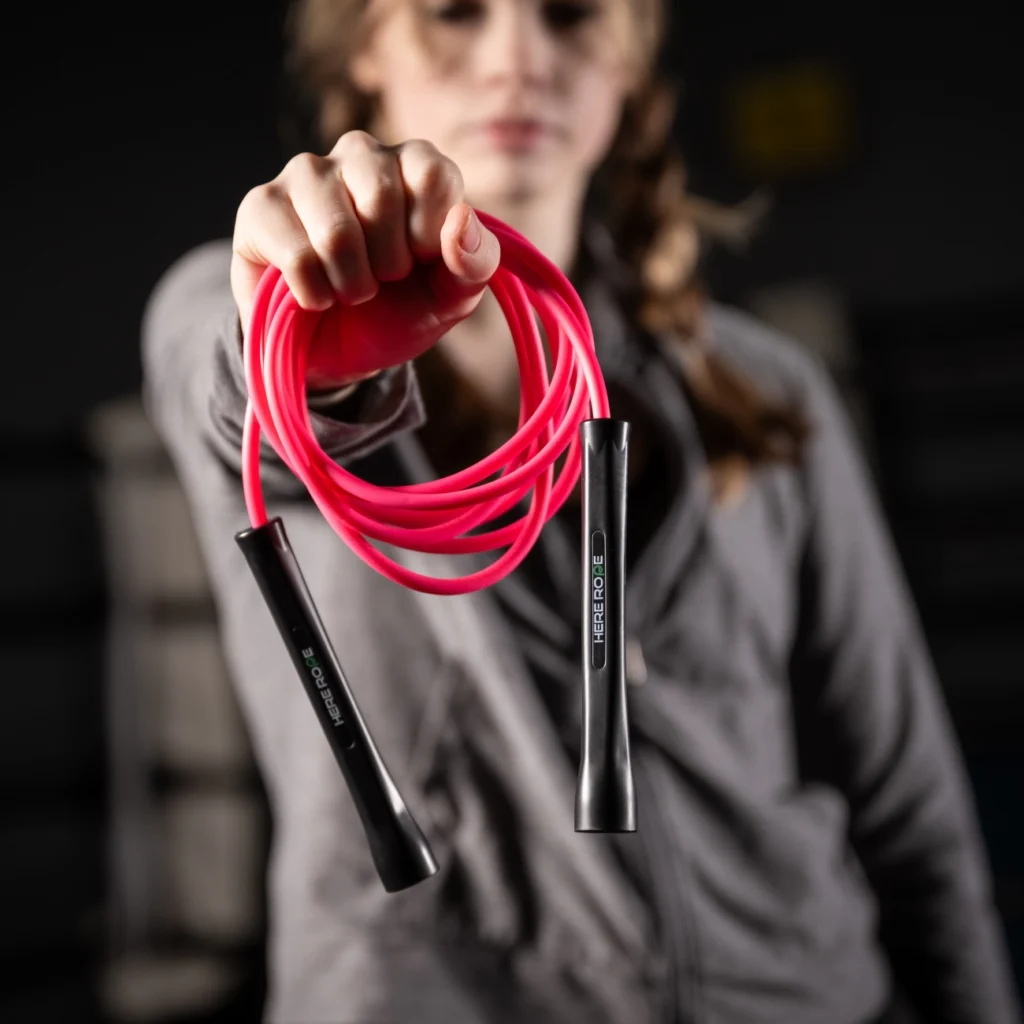How Vertical Jump Works
Understanding how the vertical jump works is essential for athletes and fitness enthusiasts aiming to improve their explosive power. At its core, a vertical jump is the result of a complex interaction between muscle strength, neuromuscular coordination, and energy system efficiency—all working together to propel your body off the ground.
Key Muscle Groups Involved in Vertical Jumping
Several major muscle groups collaborate to generate the force necessary for a high vertical leap:
- Quadriceps: Located at the front of the thigh, they extend the knee and provide much of the upward driving force.
- Hamstrings: Situated at the back of the thigh, they contribute to knee flexion and hip extension.
- Glutes (Gluteus Maximus): Critical for powerful hip extension, these muscles play a big role in explosive upward movement.
- Calves (Gastrocnemius and Soleus): These muscles help with plantar flexion of the foot, finishing the jump by pushing off the toes.
- Core Muscles: A strong core supports stabilization and efficient energy transfer from lower to upper body during the jump.
Fast-Twitch Muscle Fibers and Plyometrics
Your ability to jump higher heavily depends on the performance of fast-twitch muscle fibers. These fibers contract quickly and generate powerful bursts of force but fatigue rapidly. Training to increase the efficiency and size of these fibers can significantly boost vertical jump height.
Plyometric exercises, such as explosive jump training, are vital because they:
- Improve the stretch-shortening cycle, where muscles rapidly lengthen before contracting, providing extra power.
- Enhance explosive strength and muscular elasticity, both critical for higher and quicker jumps.
Jump rope training, when designed with plyometrics in mind, can stimulate these fast-twitch fibers effectively.
Neuromuscular Coordination and Endurance
Vertical jumping isn’t just about raw muscle power. Your nervous system must efficiently communicate with muscles to time contractions perfectly. This is known as neuromuscular coordination and includes:
- Precise timing of muscle activations
- Synchronized movement between different muscle groups
- Rapid adaptation to ground contact and force application
Endurance also plays a role, especially in sports requiring repeated jumps, such as basketball or volleyball. Developing muscular and neural endurance ensures sustained jump performance without early fatigue.
By understanding the science behind the vertical jump—including the muscles involved, the importance of fast-twitch fibers, plyometric training, and neuromuscular coordination—you can adopt smarter training strategies. Exercises like targeted jump rope routines can help you build the explosive power and endurance necessary to jump higher effectively.
Can Jump Rope Training Increase Vertical Jump

Jump rope training can play a significant role in improving your vertical jump. This simple yet effective exercise targets multiple fitness areas that contribute directly to jumping higher. Here’s why jump roping is linked to better vertical leap performance.
Benefits of Jump Rope Exercise for Vertical Jump
- Improves leg strength and endurance: Regular jump rope sessions build strong calf muscles, quads, and hamstrings—all vital for pushing off the ground explosively.
- Enhances explosive power: Jump rope drills, especially those involving quick hops and double unders, stimulate fast-twitch muscle fibers which generate powerful, rapid muscle contractions.
- Boosts coordination and timing: Jumping rope sharpens your neuromuscular coordination, improving the timing between your arms and legs. This translates well to more efficient and higher vertical jumps.
- Increases quickness and agility: The fast footwork required in jump rope training enhances your ability to react and move swiftly—key for sports like basketball and volleyball.
Scientific Backing and Expert Opinions
Research supports the use of jump rope in plyometric training routines designed to increase vertical jump height. Experts note that jump rope promotes endurance in jumping muscles without the high joint impact some other exercises bring. Many strength and conditioning coaches recommend integrating jump rope with traditional jump training for well-rounded explosive power development.
while jump rope alone won’t double your vertical instantly, it’s a powerful tool to build leg strength, coordination, and explosive power that together raise your vertical leap over time.
Best Jump Rope Techniques to Boost Vertical Leap

To effectively increase your vertical jump using jump rope training, focusing on specific techniques that develop strength, power, and coordination is key. Here are the best jump rope moves targeting the muscle groups and neuromuscular skills needed for a higher vertical:
Single Leg Jumps for Unilateral Leg Strength
- Why it matters: Vertical jumping relies heavily on single-leg power, especially when pushing off for takeoff.
- How to perform: Jump rope on one leg for 30 seconds, then switch. This improves unilateral leg strength and balance, reducing muscular imbalances often found in athletes.
- Benefits: Strengthens calves, ankles, and stabilizer muscles on each leg separately, which directly supports explosive jumping.
Double Unders for Explosive Power and Speed
- Why it matters: Double unders require fast rope rotation and quick, explosive jumps, mimicking the fast twitch muscle fiber activation necessary for a high vertical.
- How to perform: Jump once and swing the rope twice under your feet before landing. Try sets of 10-20 reps with rest in between.
- Benefits: Develops fast-twitch fibers and improves jumping speed, critical for those quick, powerful leaps seen in basketball or volleyball.
High Knees and Bounding Movements
- Why it matters: These drills simulate the explosive knee lift and hip drive involved in a vertical jump.
- How to perform: Jump rope while lifting knees high with each skip, focusing on quick, controlled movement. Bounds (long jumps) with rope add plyometric stress.
- Benefits: Enhances hip flexor strength and lower body explosive power, key drivers of vertical leap height.
Timing and Rhythm Drills to Improve Footwork
- Why it matters: Good vertical jump performance isn’t just strength-based; it requires precise neuromuscular timing and rhythm, especially for takeoff.
- How to perform: Practice rhythmic skipping patterns like alternating timing, speeding up and slowing down your jumps, or skipping to a beat.
- Benefits: Improves coordinated muscle firing and footwork quickness, helping you jump efficiently and with better control.
Integrating these jump rope techniques into your training routine will significantly support your vertical jump goals by blending power, coordination, and endurance. For jump ropes optimized for explosive training, check options at PVCJumpRope.com shop.
Sample Jump Rope Workout Routine for Vertical Jump Improvement

To increase your vertical jump with jump rope training, consistency and structure matter. Here’s a straightforward workout routine focused on boosting leg strength, explosive power, and coordination—all key to jumping higher.
Warm-Up with Simple Jumps
Start slow to get your muscles ready and to improve rhythm. Spend 3-5 minutes doing basic two-foot jumps at a comfortable pace. This warms up the calves, quads, and hips while improving your overall footwork and timing.
Interval Training with Double Unders and High Knees
Alternate between:
- Double unders (rope passes twice per jump): 20-30 seconds to boost explosive power and ankle quickness.
- High knees with rope: 20-30 seconds for knee drive and hip flexor activation—important for vertical lift.
- Rest for 15-30 seconds
Repeat this cycle 4-6 times depending on your fitness level. Interval training improves cardiovascular endurance and fast-twitch muscle fiber recruitment, both crucial for jumping higher.
Plyometric Jump Rope Drills with Tuck Jumps
Add plyometric moves to build explosive strength.
- Perform tuck jumps with the rope, jumping higher than usual and tucking your knees toward your chest mid-air.
- Complete 3 sets of 8-10 reps with 30 seconds rest between sets.
This drill targets the muscle groups responsible for fast, powerful jumps and enhances neuromuscular coordination.
Cool Down and Stretching Tips
Finish your session by lowering your heart rate and stretching key muscles:
- Hold calves, quads, hamstrings, and hip flexors stretches for 20-30 seconds each.
- This prevents injury, improves flexibility, and supports better jump mechanics over time.
Following this jump rope workout routine regularly can contribute significantly to increasing your vertical leap by improving leg endurance, explosive power, and coordination—making jump rope one of the best tools for athletes aiming to jump higher.
Complementary Training to Jump Rope for Maximum Vertical Jump Gains

Jump rope training is great, but to really boost your vertical jump, you need to combine it with other exercises. Jump ropes improve coordination and endurance, but adding strength training, plyometrics, and flexibility work will maximize your gains. Here’s what to focus on:
Strength Training Exercises to Increase Vertical Jump
Building lower-body strength is a must. Jump rope alone won’t build the muscle power your jump demands. Incorporate:
- Squats: Builds overall leg strength, targeting quads, glutes, and hamstrings.
- Lunges: Improves unilateral leg strength and balance—helps fix any side-to-side imbalances.
- Calf Raises: Strengthens calves for that explosive push-off phase in your jump.
These exercises create the muscular foundation for better jump power.
Plyometrics and Explosive Movements
Plyometric exercises complement jump rope plyometric training perfectly. They target fast-twitch muscle fibers and teach your muscles to fire quickly and powerfully:
- Box Jumps: Boost explosive power and jumping technique.
- Depth Jumps: Train reactive strength and improve your stretch-shortening cycle.
- Broad Jumps: Enhance horizontal and vertical explosiveness.
Doing these alongside jump rope drills like double unders will help you jump higher, faster.
Flexibility and Mobility Work
Flexibility often gets overlooked but is key for an injury-free vertical jump routine. Keeping joints and muscles mobile allows for a full range of motion and better jumping mechanics:
- Stretch hamstrings, calves, quads, and hip flexors regularly.
- Incorporate mobility drills like leg swings and hip openers.
- Use foam rolling to reduce muscle tightness and improve recovery.
This work supports your neuromuscular coordination and helps maintain durability as you increase training intensity.
Bottom Line
To get the most from your jump rope vertical jump training:
- Add focused strength workouts like squats, lunges, and calf raises.
- Integrate plyometric drills to build explosive power.
- Prioritize flexibility and mobility for better movement quality and injury prevention.
This balanced approach ensures that jump rope work translates effectively into real gains in your vertical leap.
Choosing the Right Jump Rope for Vertical Jump Training
Selecting the proper jump rope is essential to maximizing your vertical jump gains. The right rope helps improve your timing, coordination, and explosive power—key factors for boosting your vertical leap. Here’s what to consider:
Rope Weight Length and Material Matter
- Weight: A rope that’s too light won’t provide enough resistance to build power, while one that’s too heavy can slow you down and tire you out prematurely. A medium-weight rope strikes the right balance for plyometric jump rope exercises targeting vertical jump improvement.
- Length: The rope length should match your height. Too long or too short ropes can mess with your rhythm and form, hurting your training efficiency. When standing on the center of the rope, handles should roughly reach your armpits.
- Material: PVC ropes are the best choice for vertical jump training because they’re durable, flexible, and fast. They offer excellent speed for explosive movements like double unders, which are critical for jump rope vertical jump benefits.
Why Choose PVC Jump Ropes from PVCJumpRope.com
PVCJumpRope.com specializes in high-performance PVC jump ropes designed for athletes focused on explosive power and agility. These ropes are:
- Built to last with strong PVC plastic that stands up to intense training
- Optimized for speed so you can perform quick, explosive drills without resistance slowing you down
- Comfortable to grip, ensuring you maintain perfect form during fast-paced sessions
- Available in options like our Heavy PVC Jump Rope for added resistance or the Freestyle PVC Jump Rope for speed and agility
How to Select a Jump Rope for Explosive Vertical Jump Training
- Choose a medium-weight PVC rope if you’re training for explosive power and speed. It offers resistance but remains nimble.
- Match the length to your height to maintain consistent rhythm and coordination in your vertical jump drills.
- Prioritize comfort and grip to avoid losing control during fast repetitions.
- Consider ropes designed specifically for plyometric jump rope training, as they support the fast-twitch muscle activation needed for improving vertical jumps.
Using a well-chosen jump rope like those from PVCJumpRope.com ensures your vertical jump workouts are effective and injury-free, helping you jump higher faster.
For more on choosing quality ropes and jump rope workouts, check out our best jump rope workouts for beginners.
Common Mistakes to Avoid When Using Jump Rope for Vertical Jump Training
When using jump rope to improve your vertical jump, avoiding common errors is just as important as the training itself. Here’s what you need to watch out for to get the best results without risking injury or wasting effort.
Overtraining and Insufficient Recovery
Jump rope vertical jump benefits come with proper balance. Overdoing your jump rope workouts can lead to fatigue, muscle soreness, and even burnout. Your muscles need recovery time to repair and grow stronger, especially the fast-twitch fibers crucial for explosive power.
- Don’t jump rope every day at high intensity. Aim for 3-5 sessions per week with rest or light activity days in between.
- Listen to your body. If you feel persistent soreness or drop in performance, it’s time to dial back and focus on recovery.
- Combine jump rope with proper sleep, hydration, and nutrition to maximize vertical jump gains.
Poor Form Leading to Injury or Ineffective Training
Jump rope is simple but using poor technique can limit your explosive power and increase injury risk.
- Keep your jumps low and quick rather than high and slow to develop efficiency.
- Maintain a straight posture with a slight knee bend to protect joints.
- Land softly on the balls of your feet to reduce shock and improve spring.
- Avoid excessive arm flailing; use wrists to turn the rope for better timing and control.
Bad form not only wastes energy but also impacts the fast-twitch muscle activation you need for improving vertical jump height.
Ignoring Complementary Strength and Plyometric Exercises
Jump rope alone won’t maximize your vertical jump potential. Many skip integrating strength training and plyometrics, which are key for developing powerful legs and neuromuscular coordination.
- Add squats, lunges, and calf raises for leg strength.
- Incorporate plyometric moves like box jumps, depth jumps, and broad jumps to build explosive power.
- Focus on mobility and flexibility exercises to keep joints healthy and improve range of motion.
Jump rope plyometric training is highly effective, but pairing it with strength and explosive drills creates a well-rounded vertical jump program.
Avoiding these mistakes will help you get the most from your jump rope workouts and see real improvements in your vertical jump. Balance training, maintain good technique, and complement your routine with targeted strength work. This approach will boost your jump higher and faster without setbacks.
Real User Testimonials and Success Stories on Jump Rope Vertical Jump Benefits
Hearing from people who’ve actually used jump rope training to increase their vertical jump gives us the clearest picture of what works. Here’s a look at feedback from athletes and trainers who’ve integrated jump rope plyometric exercises into their vertical jump routines.
Basketball Players Noticing Real Gains
Many basketball players report improved explosive power, timing, and quickness after consistently using jump rope workouts focused on jump training. One player shared:
- “After 6 weeks of adding double unders and high knees with the rope, my vertical jump went up by nearly 3 inches. My footwork and jump timing also felt sharper on the court.”
The quick plyometric jump rope drills improved his fast-twitch muscle response and coordination.
Volleyball Athletes Improving Leg Power and Endurance
Volleyball players often rely on strong vertical jumps for blocking and spikes. A few testimonials emphasize how jump rope workouts enhanced their overall athleticism:
- “Including single-leg jump rope drills really helped balance strength in my legs and boosted my jump height. Plus, my stamina stayed solid throughout matches.”
This shows the dual benefit of jump rope: building leg strength endurance and explosive power.
Track and Field Athletes Using Jump Rope for Plyometric Training
Sprinters and jumpers have also praised jump rope drills as part of their vertical jump training drills to sharpen coordination and achieve quick ground contact times. One coach noted:
- “Jump rope technique improved my athlete’s neuromuscular control. Their ability to explode off the ground with less wasted motion improved their vertical leap.”
Consistent Theme from Success Stories
Across all users, key points stand out:
- Improved explosive power and vertical height through targeted jump rope plyometric training
- Enhanced agility and timing with rhythmic jump rope drills like double unders and high knees
- Better single-leg balance and control from unilateral jump rope exercises
- Jump rope’s role in supporting endurance without heavy impact often seen in other jump training
These testimonials back up why jump rope is a popular and effective tool among athletes looking to improve their vertical jump fast and efficiently.
If you’re aiming to boost your vertical leap, adding specialized jump rope training is definitely worth considering. Many users experience solid gains when combining jump rope with strength work and plyometrics for the best results.



